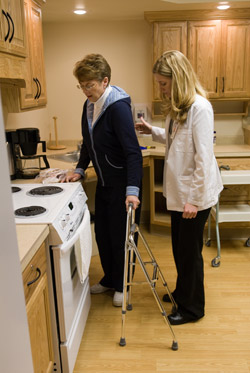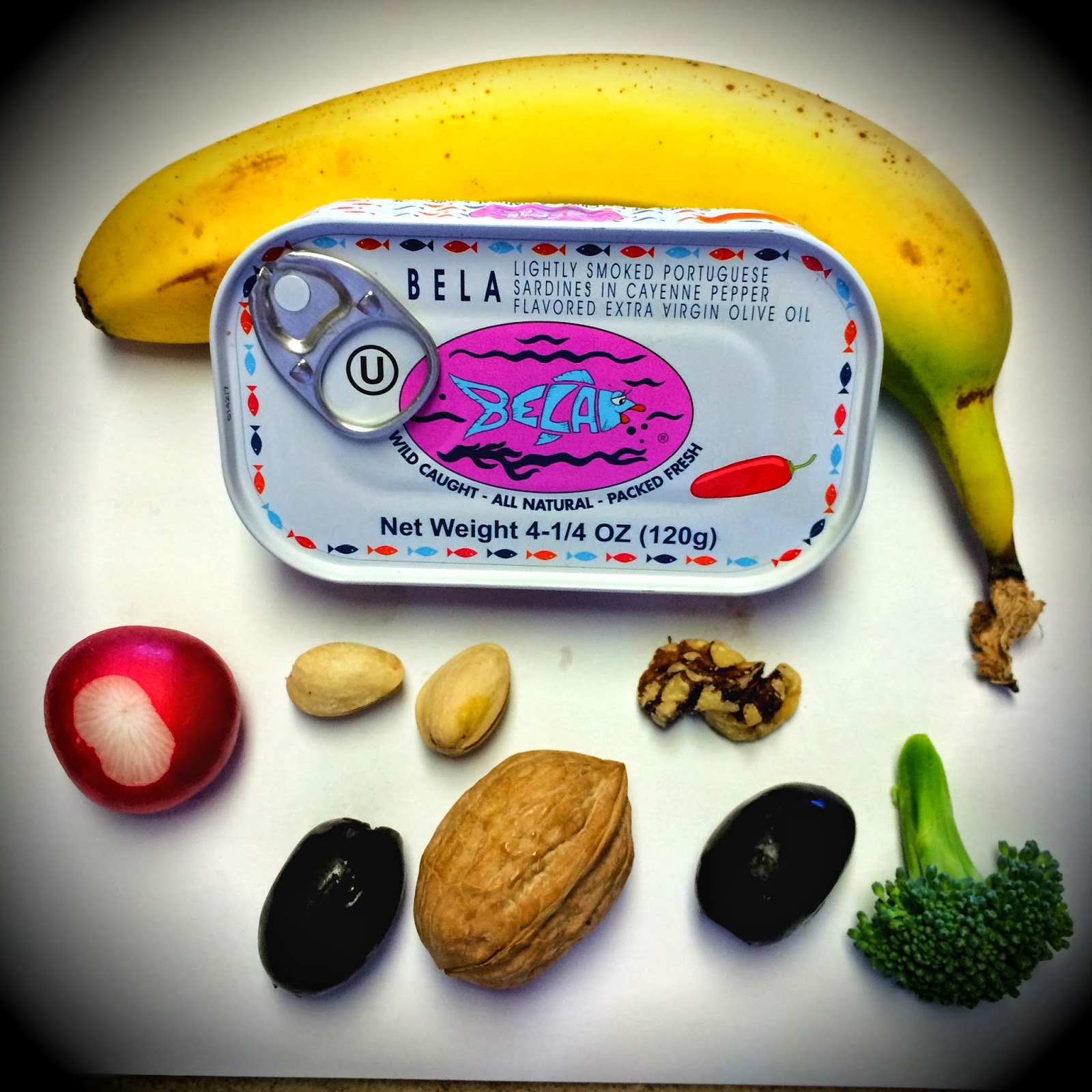Wednesday, December 14, 2005
This blog has come about after a long period of soul-searching – more that seven years. My own stroke came on May 8, 1998. A colleague and I, both newspaper reporters, were digging through documents in a semi-hostile government office in Arkansas. I suddenly lost the ability to speak and movement on the right side of my body. My right hand fell limp. I could not stand. A strange dazed feeling came over me.
That day, I nearly died. Thanks to my colleague, an ambulance came. Thanks to the ambulance crew, the hospital was ready. Thanks to the doctors and nurses, a drug called tissue plasminogen activator cleared the clot. Thanks to my wife, colleagues, fellow believers, and a speech therapist, I regained my ability to speak and, eventually, write.
And most importantly, thank God. He gave me all those people and the strength to get through some struggling recovery times. God returned my ability to speak and write. He returned my body to me. As this is being written, I ran five miles this morning, will run 10 miles this coming Saturday and am seriously considering a marathon next spring.
It’s been a long time since May 8, 1998. And please understand that this blog is not about my personal history or struggle. It is about faith. It’s about a very specific task of sharing experience and faith with stroke survivors and their families, to help them if possible.
How?
Honest answer: Uncertain. This is a start. Where this leads, at the moment, isn’t obvious. All I can say is that I’m led to do this.
Stroke survivors and families are invited to share comments or stories with me and, by extension, others.
Comments will be moderated, and all I ask is that you respect the purpose of this blog. It’s not about politics or general religion topics. It is about and for stroke victims and their loved ones, and the faith we can share.
See the original article:
in










































